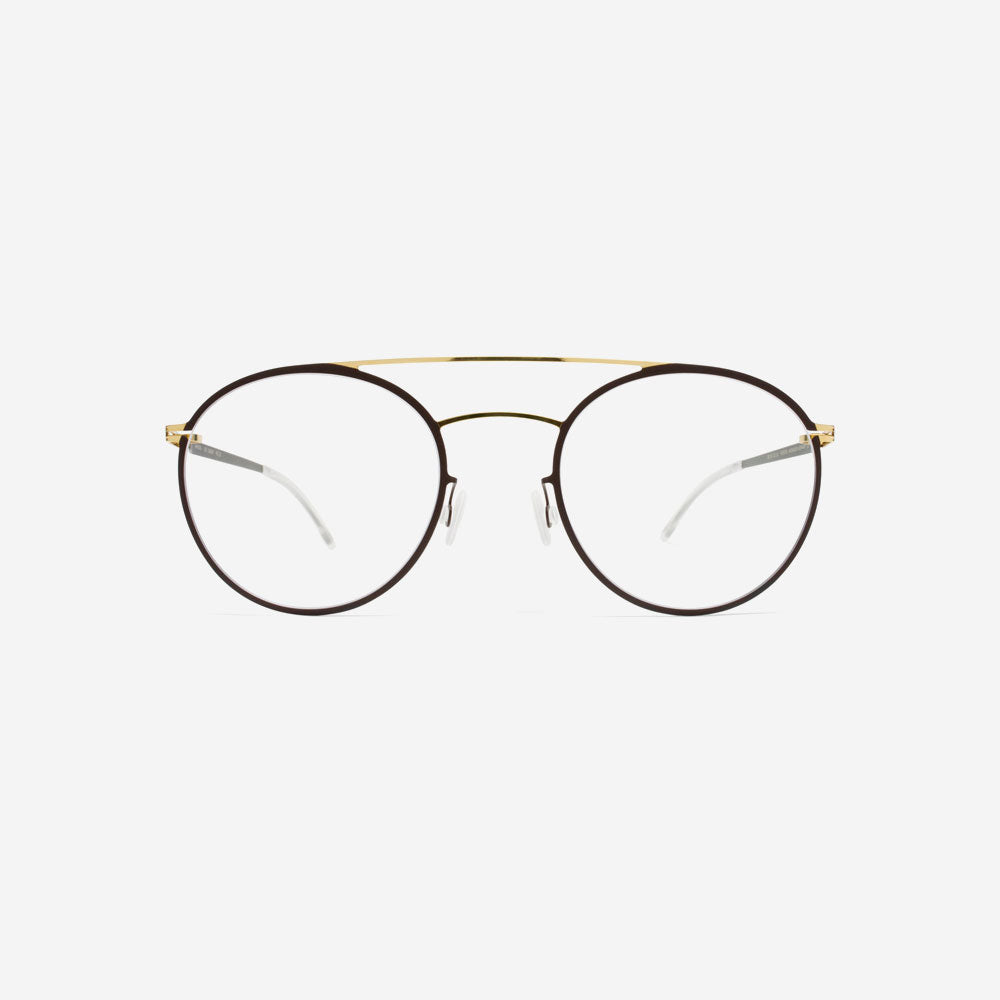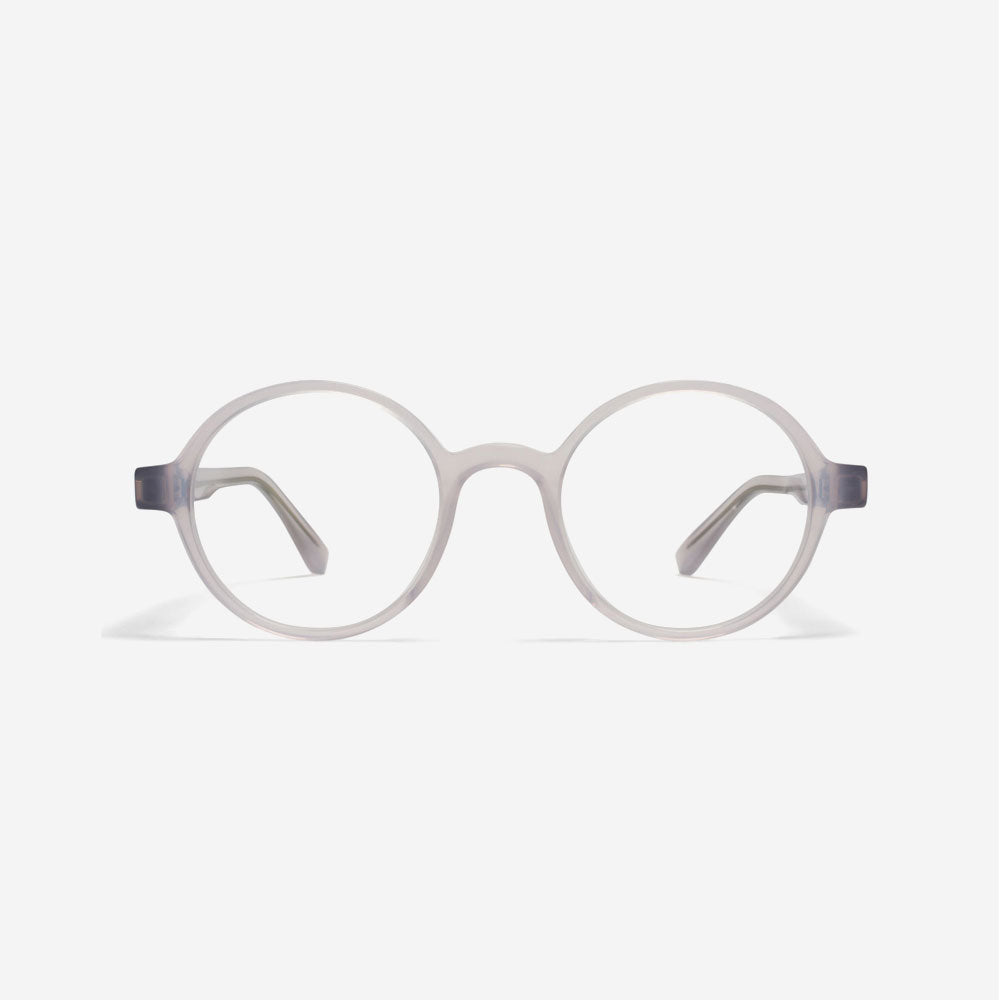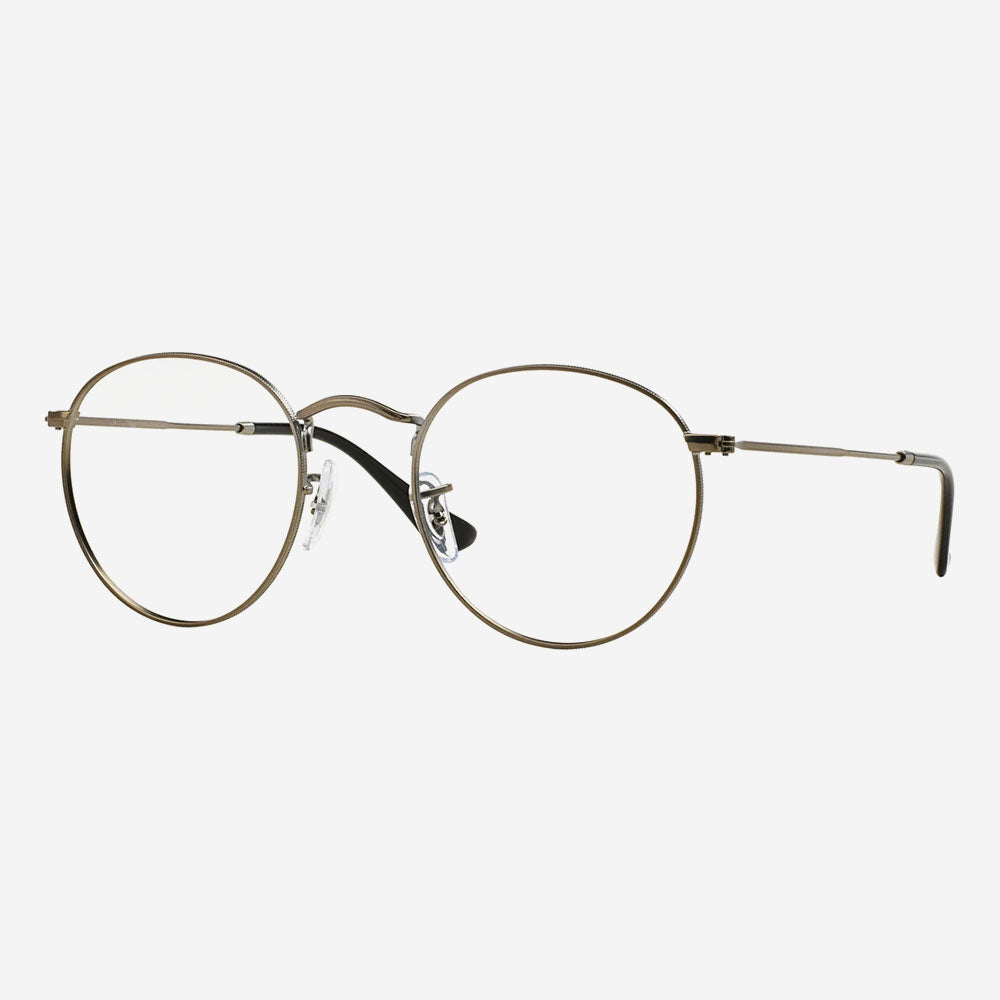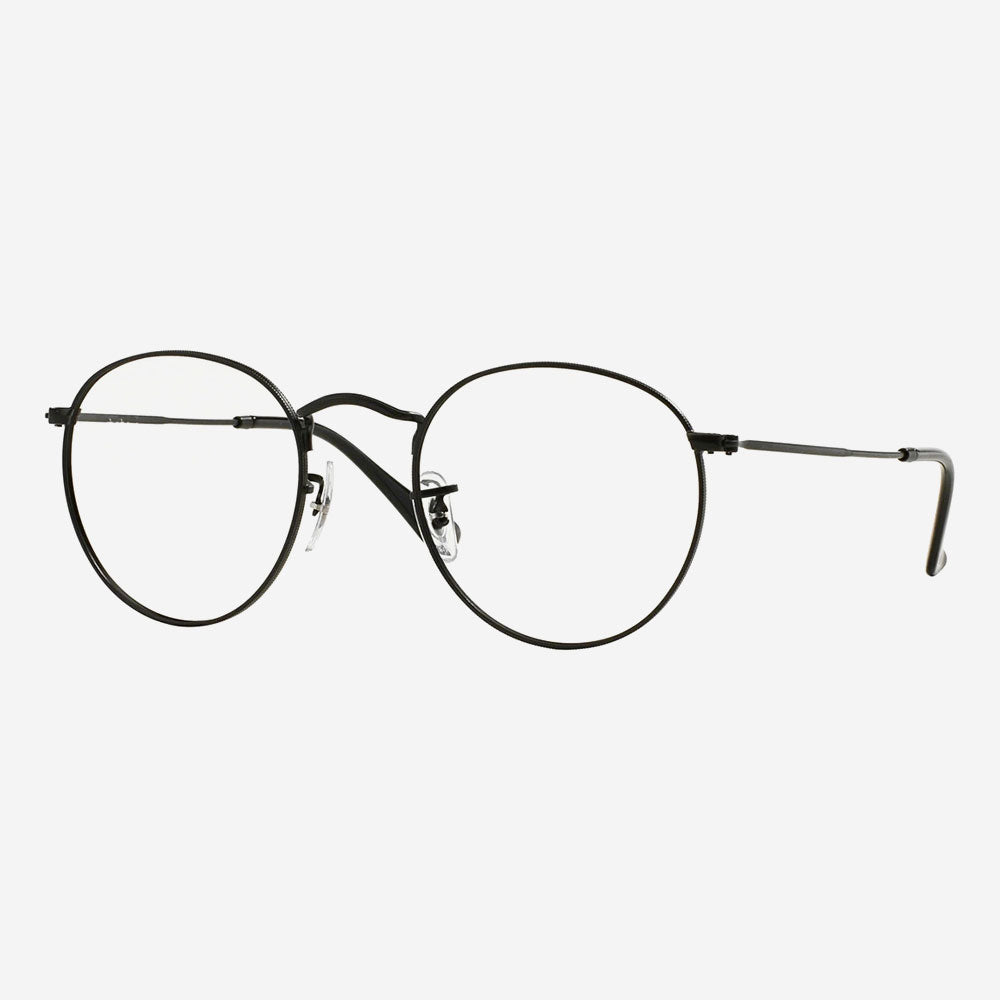
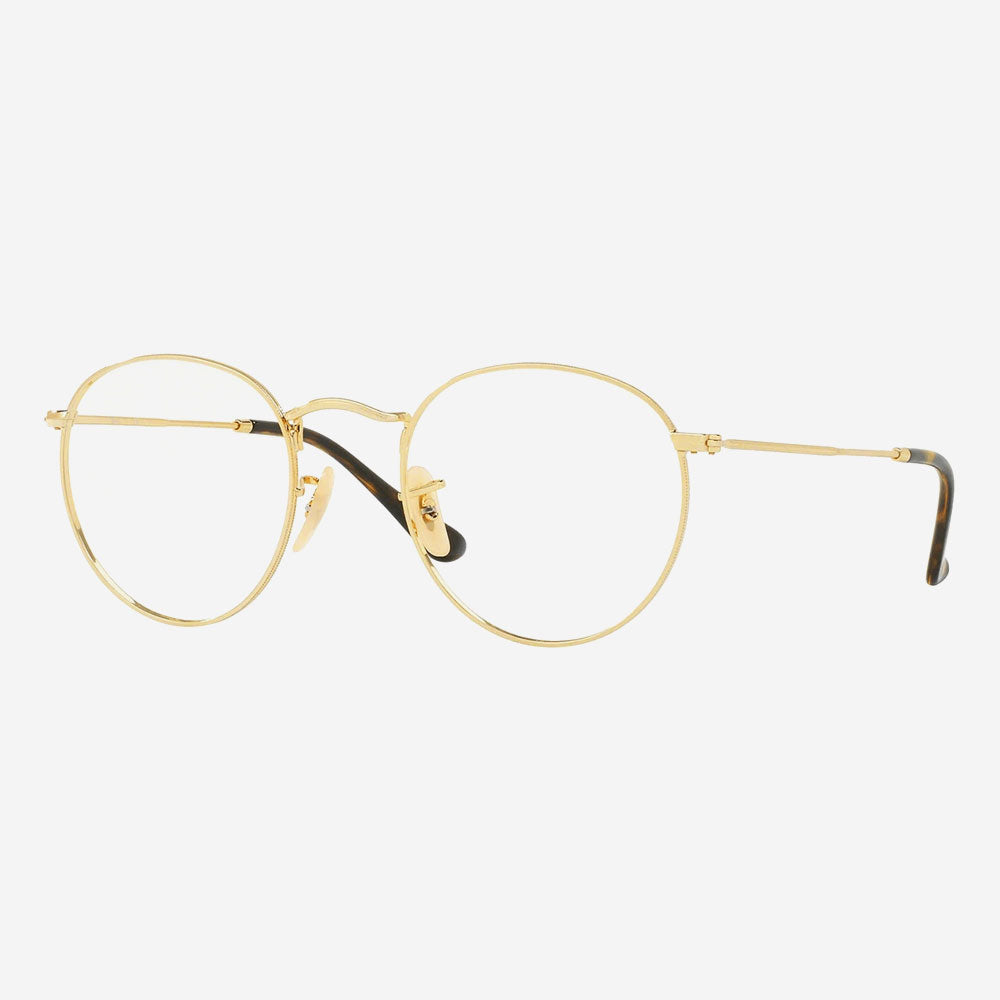
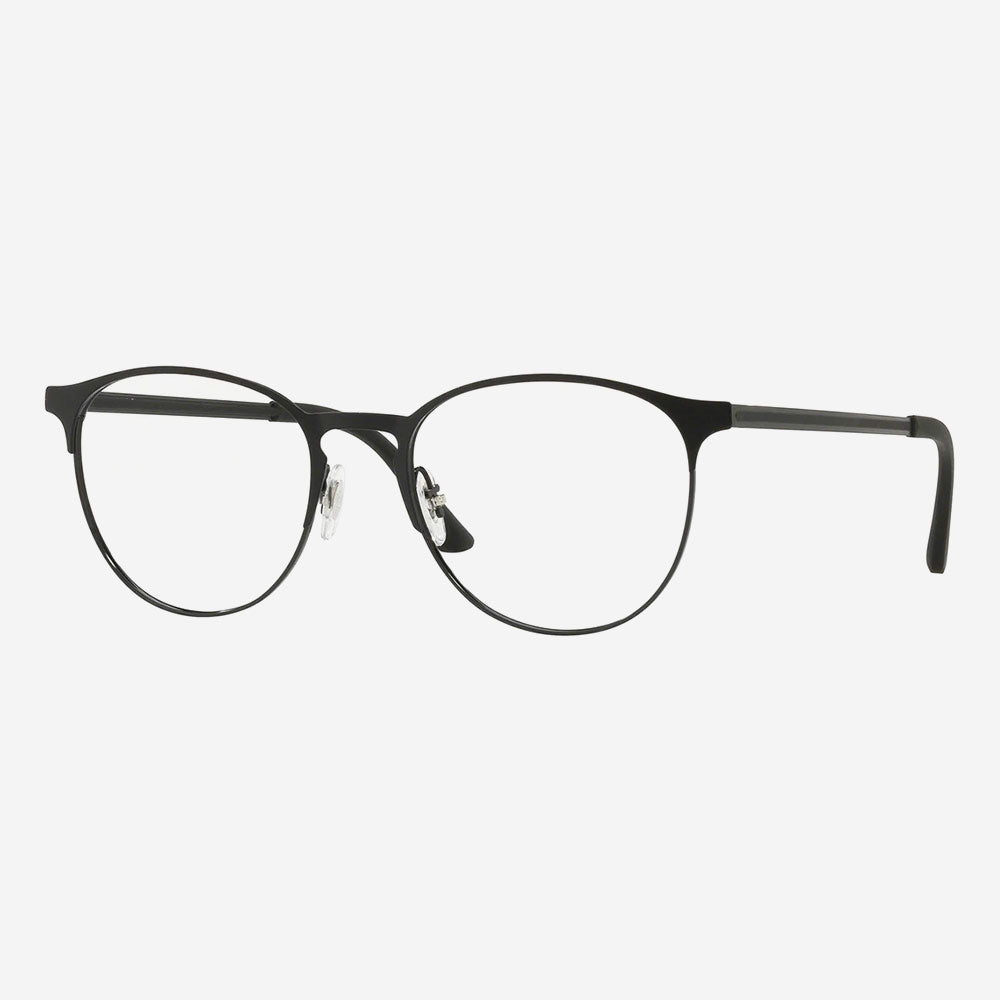
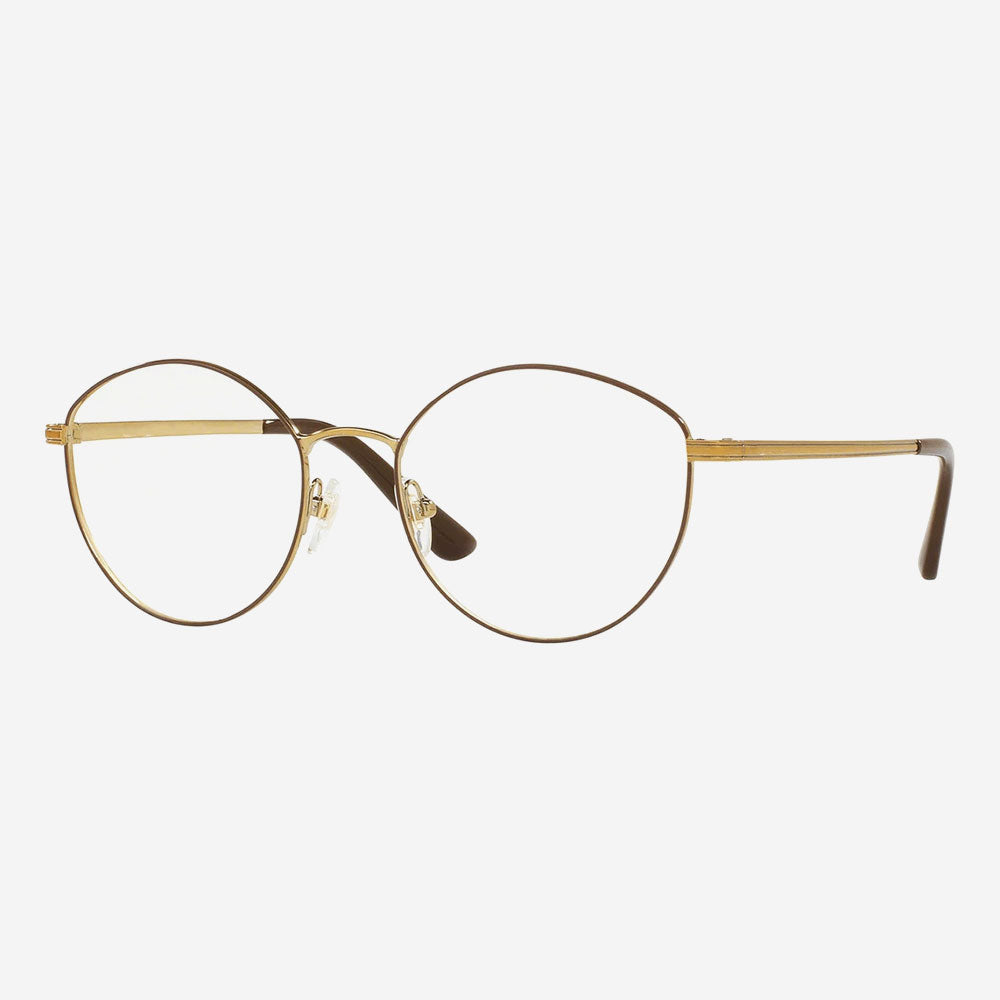
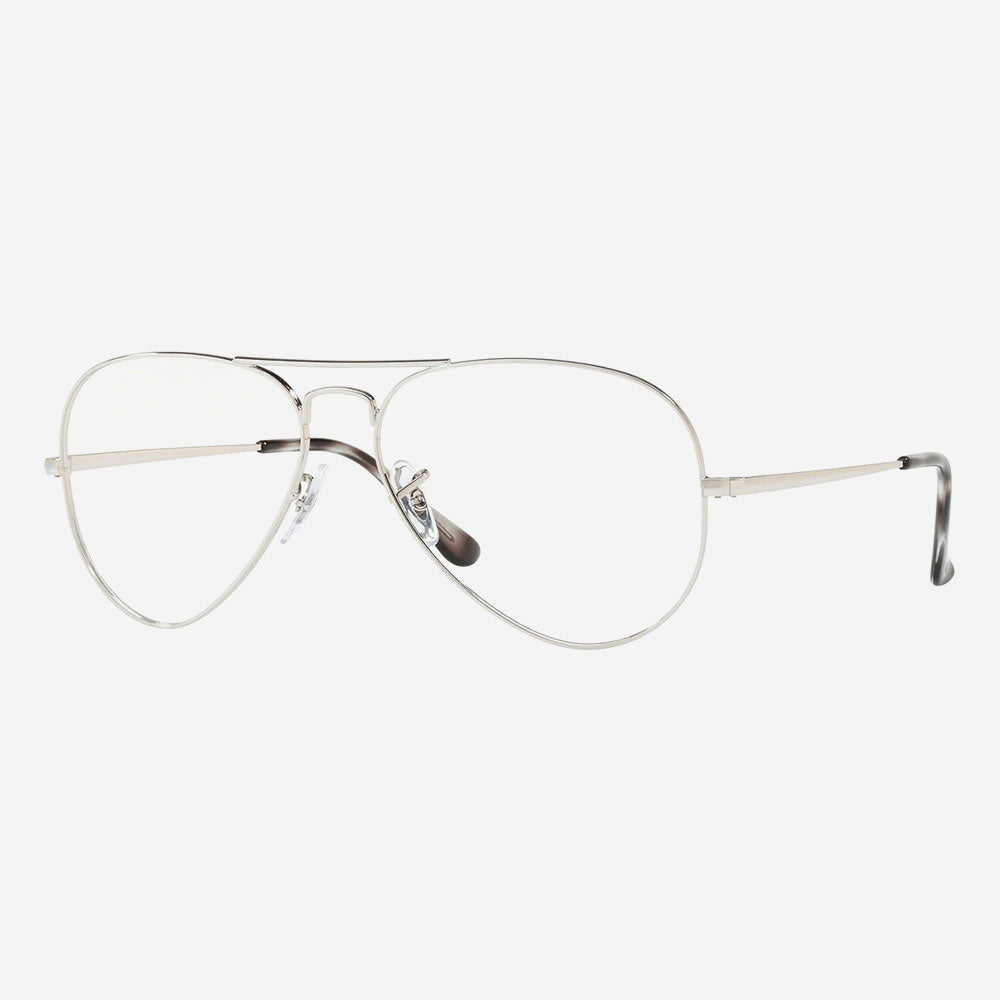
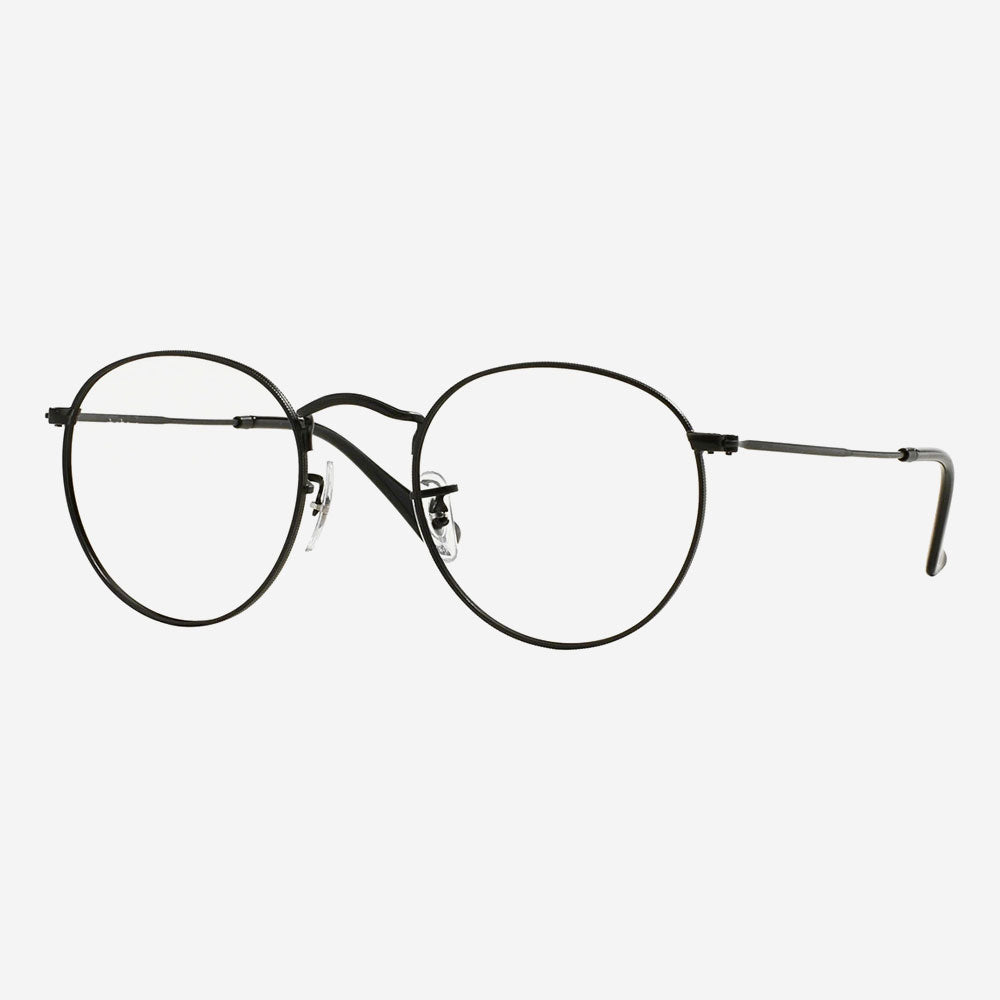






Hot Com Product Sample
Hollywood Style And Glare Control
In the 1920s, sunglasses were occasionally worn for active outdoor sports such as golf and tennis, and for the newly fashionable activity of sunbathing. They did not truly enter the fashion sphere, however, until the early 1930s, when Hollywood stars such as Bette Davis and Marlene Dietrich were photographed wearing them between takes on the set, attending tennis matches and horse races, or trying to appear in public incognito. Sunglasses began to symbolize the glamour of life in Hollywood, but there was little variation in style at first; most 1930s sunglasses, for both men and women, had round, flat glass lenses, with narrow celluloid frames. The only fashion decision lay in choosing the color of the frames; these were usually translucent and in colors close to tortoiseshell, but opaque white frames were also considered chic.
Toward the end of the decade, the demand for sunglasses, and the variety of available styles, increased dramatically; in 1938 the number of pairs sold went almost overnight from the tens of thousands into the millions, and manufacturers rushed to come up with new colors and styles. Sunglasses began to be shown with street clothes, in addition to ski and beach wear, and Vogue suggested styles, such as the white pair featured on the cover of the 1 August 1939 issue, with "wide rims and earpieces, giving the approved 'goggly' appearance" (p. 81). Sunglasses, being less expensive than prescription eye-wear, and associated with vacation and leisure activities, were quickly embraced as a "fun" fashion accessory, and even bizarre novelty styles soon found a market.
The quality of sunglasses also improved in the 1930s, and both of the major U.S. optical companies introduced lines of sunglasses with optical glass lenses (ground and polished like prescription eyeglasses). Taking advantage of the public appeal of daring aviators such as Charles Lindbergh and Amelia Earhart, Bausch & Lomb introduced the metal-framed "Anti-Glare Aviator" sunglasses in 1936, and the following year gave them the more appealing brand name "Ray-Ban" (to emphasize protection from harmful infra-red and ultraviolet rays). American Optical teamed up with the Polaroid Corporation in 1938 to produce the first polarized sunglasses, with glass lenses incorporating a polarizing film. World War II brought new popularity to military-style sunglasses, especially Ray-Ban Aviators (worn by Navy pilots and General Douglas MacArthur), and lent them the air of toughness and competence that has kept the style popular ever since.
To See And Be Seen
After the war, the craze for sunglasses quickly resumed in full force. Advertisements began to emphasize smart styling over eye protection, and distinct men's and women's styles were developed. Sunglasses could now be purchased in drug, variety, and department stores, at prices from 25 cents to 25 dollars. With growing competition, established manufacturers increased their advertising and diversified; American Optical launched the "Cool-Ray" trademark, and in 1948 introduced inexpensive Polaroid plastic lenses. It became fashionable to have multiple pairs for sport, everyday, and even evening wear, and in colors to match particular outfits. Eyeglass wearers could have sunglasses made with their prescription, or choose from a variety of clip-on styles.

